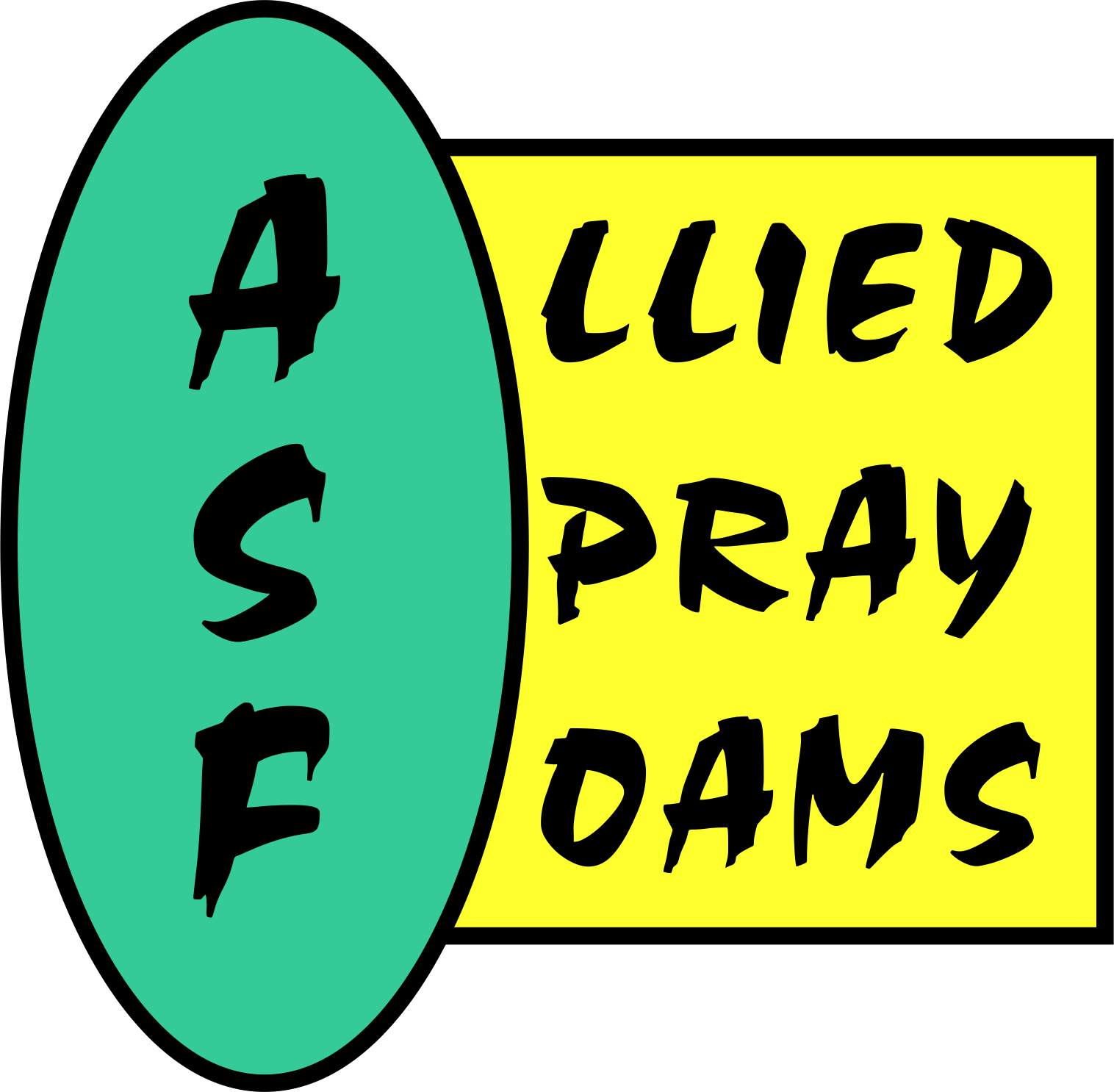The Myth of Insulation Values
Rethinking the R-Value: A Critical Perspective
The R-value, widely heralded as the definitive measure of insulation efficiency, has attained an almost mythic status in the construction and building industries. However, this prevalent belief masks a crucial reality: the R-value, in isolation, is a limited and potentially misleading indicator.
This over-reliance on R-values oversimplifies the complex dynamics of thermal insulation. The R-value primarily quantifies resistance to conductive heat flow, not accounting for other critical factors like air infiltration, moisture accumulation, and the real-world environment where the insulation operates.
In practice, a high R-value does not automatically guarantee superior insulation performance. Environmental factors, installation quality, and material interactions significantly influence the actual effectiveness of insulation. Hence, assessing insulation based solely on R-value can lead to misconceptions about its real-world performance and energy efficiency.
To truly gauge an insulation material’s effectiveness, a holistic approach that considers a wider range of variables is essential. This broader perspective ensures more accurate, practical, and efficient insulation choices, moving beyond the limited scope of the R-value fairy tale.
